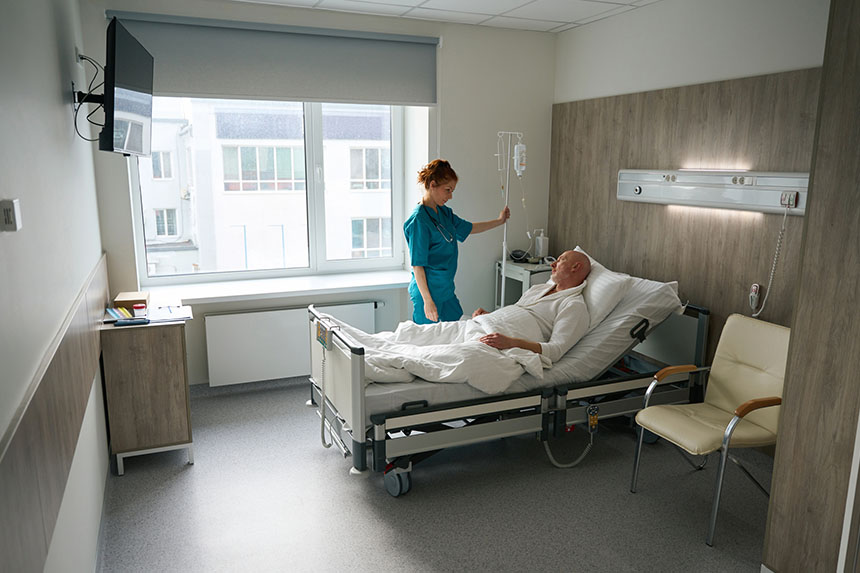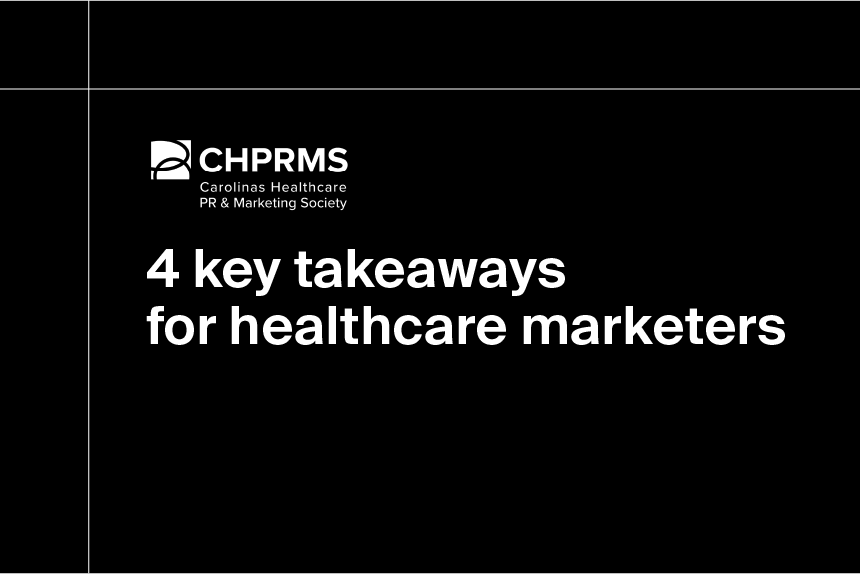Ambulatory surgery centers (ASCs) represent a tremendous opportunity for healthcare companies. In recent years, patients have looked beyond the four walls of the hospital in favor of more convenient and cost-effective care options—and ambulatory surgery centers are rising to meet this growing demand.
For healthcare companies looking to expand their market reach and cater to a rapidly growing segment, you may find success in targeting ASCs. But where do you start? Let’s discuss some tactics you can start using today to effectively target and sell to ASCs.
Are ambulatory surgery centers profitable?
Before we dive into tips for your ASC marketing strategy, it’s crucial to first understand the current ASC landscape.
Following COVID-19, ASCs transformed outpatient care by providing a more accessible and less expensive alternative to full-service hospitals, all while delivering safe, quality care and positive patient outcomes. More procedures are transitioning to ASC settings from hospitals, driven by patient demand and advancements in minimally invasive surgeries. As these facilities integrate technologies like AI, robotics, and more advanced surgical tools, the capabilities of ASCs are likely to expand, further growing their popularity.
And industry reports and our own ASC studies paint an optimistic picture of the ASC market today and for many years into the future. According to a report by Fortune Business Insights, the U.S. ambulatory surgical centers market was valued at $46.8 billion in 2025—and that value is expected to grow to an estimated $62 billion by 2032, exhibiting a CAGR of 4.1%.
Needs and challenges in the ASC landscape
While the future of the ASC market is bright, it isn’t easy to expand into. The environment is becoming increasingly saturated, and changing regulations and compliance standards, technologies, and other forces at play present many challenges ASCs must overcome.
Key challenges ASCs face are:
- Cost control: ASCs operate with lower margins compared to hospitals. Keeping costs in check, from equipment to supplies, is paramount.
- Efficiency: Like in all healthcare facilities, every minute counts at an ASC. These places need solutions that optimize workflow, minimize wait times, and maximize throughput.
- Physician satisfaction: Products and services that enhance the practice environment are highly desirable for attracting and retaining surgeons and physicians.
By understanding the needs and challenges ASCs grapple with, you can effectively segment the market and identify prospects to target. To do this, start with our guide on how to uncover more opportunities in the ambulatory market to learn how to use data and analytics to find high-value accounts and position yourself for success.
Best practices for marketing to ASCs
With a firm grasp of the ASC space and a list of valuable prospects in hand, your marketing team can now tailor messaging and outreach strategies to resonate with the stakeholders with buying power at these facilities. Consider the following best practices:
- Start with a winning value proposition: Your value proposition should clearly define the key benefits, features, and outcomes of your product or service—it's what helps you stand out amongst the competition.
- Address pain points: Don’t shy away from the daily challenges ASCs face. Your messaging should directly address how you offer a tangible solution to their problems. Supporting your message with quantitative and qualitative data can help immensely here.
- Ensure compliance: Staying compliant is a major concern with ASCs, so emphasizing your product’s compliance with relevant regulations can make your company a more attractive fit while demonstrating your commitment to patient safety.
- Show customer proof: Share success stories from other ASCs or outpatient clinics that have benefitted from your product or service to build trust and credibility.
By focusing on these four elements, you can craft compelling messaging that resonates with decision-makers and build a winning ASC outreach strategy.
Explore your communication channels
To reach your high-value prospects, you need to meet them where they are. Even the best product or service in the world might not succeed if your message is broadcast where no one can find it.
We recommend implementing an omnichannel communication strategy. Finding the right channels to target stakeholders at ASCs can be done in many ways, including using social media, attending conferences and industry events, physical or online advertising, email, and more.
It may take some time to understand which channels decision-makers are most receptive to, and those channels may even vary from facility to facility. What’s important is that the time spent engaging with ASCs this way cultivates long-term relationships and partnerships. As always, data can help you deepen your understanding of how your audience communicates as well as segment them. The experts in our webinar break down the nuances of creating an omnichannel strategy tailored specifically to healthcare providers.
Deliver a message your audience wants
Sometimes, it may not be enough to simply email a stakeholder with buying power with a note saying how much better your solution is than all the other competitors on the market. You may need to support your messaging with valuable content, ROI data, and evidence that demonstrates how your solution solves their problems. This content also serves to position your company as a trusted, credible thought leader in the ASC space, which can help further influence a prospect’s decisions.
Ensure your content is high-quality, factual, and relevant to your target ASCs. This could include blog posts discussing common challenges these facilities deal with, webinars and whitepapers illustrating the latest ASC trends, or videos showcasing your solutions' quantifiable benefits. Data is the cornerstone of all good content, so rely on any market research or outpatient procedures you’ve gathered to guide your approach.
Learn more
As the ASC market continues to expand and grow, you can be certain that these facilities will need trusted partners like you to help them streamline operations, stay competitive, deliver high-quality care, and improve patient outcomes.
High-quality data and powerful analytics will be key to helping you optimize your strategic planning and Definitive Healthcare has you covered. Our SurgeryCenterView product offers insights into more than 13,000 ASCs across the U.S., including information on network and physician affiliations, procedure volumes, technology purchases, payor mix, and more. Start a free trial with us today to see how we can help you reach ambulatory surgery centers and grow your business faster.




